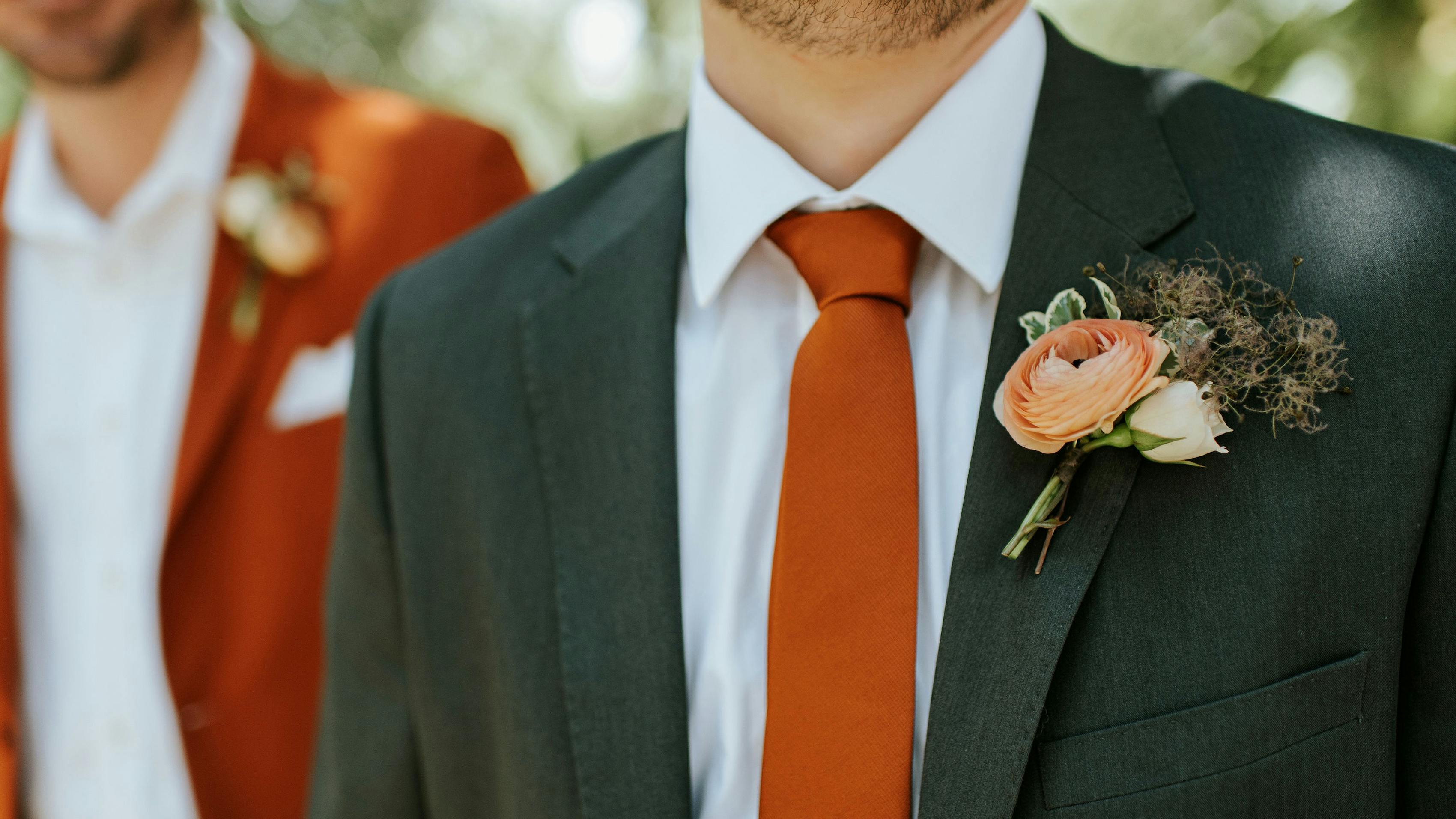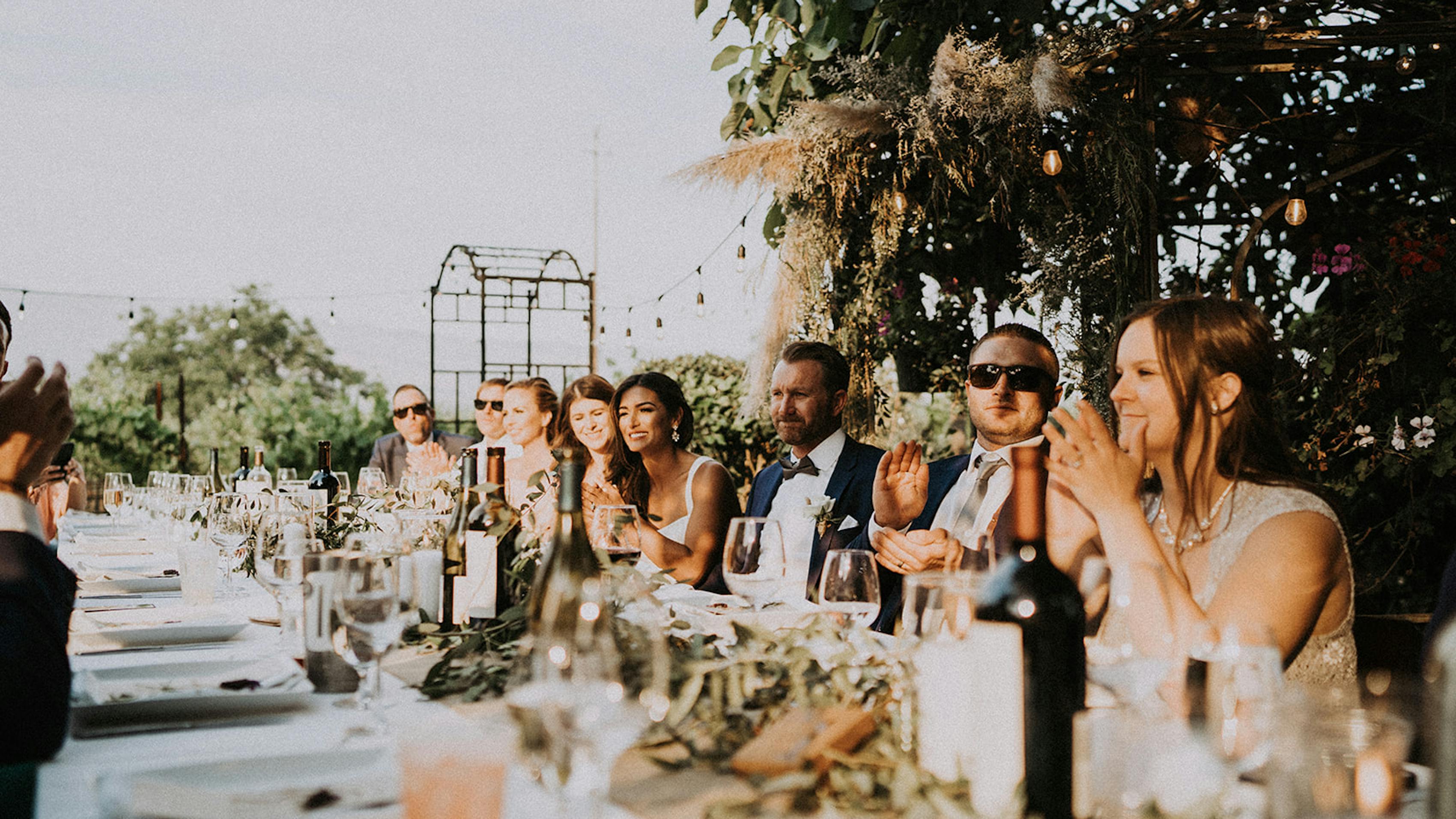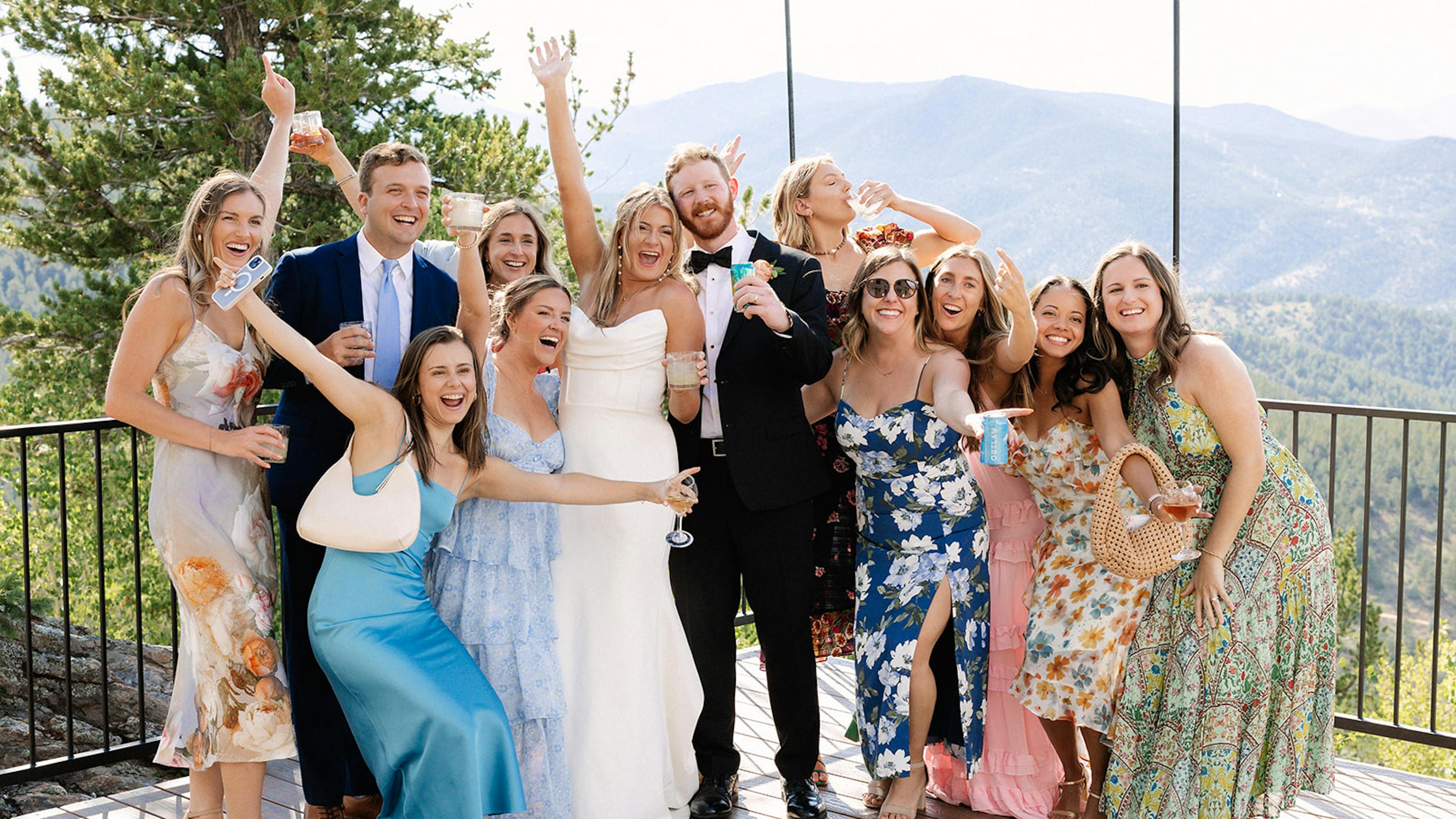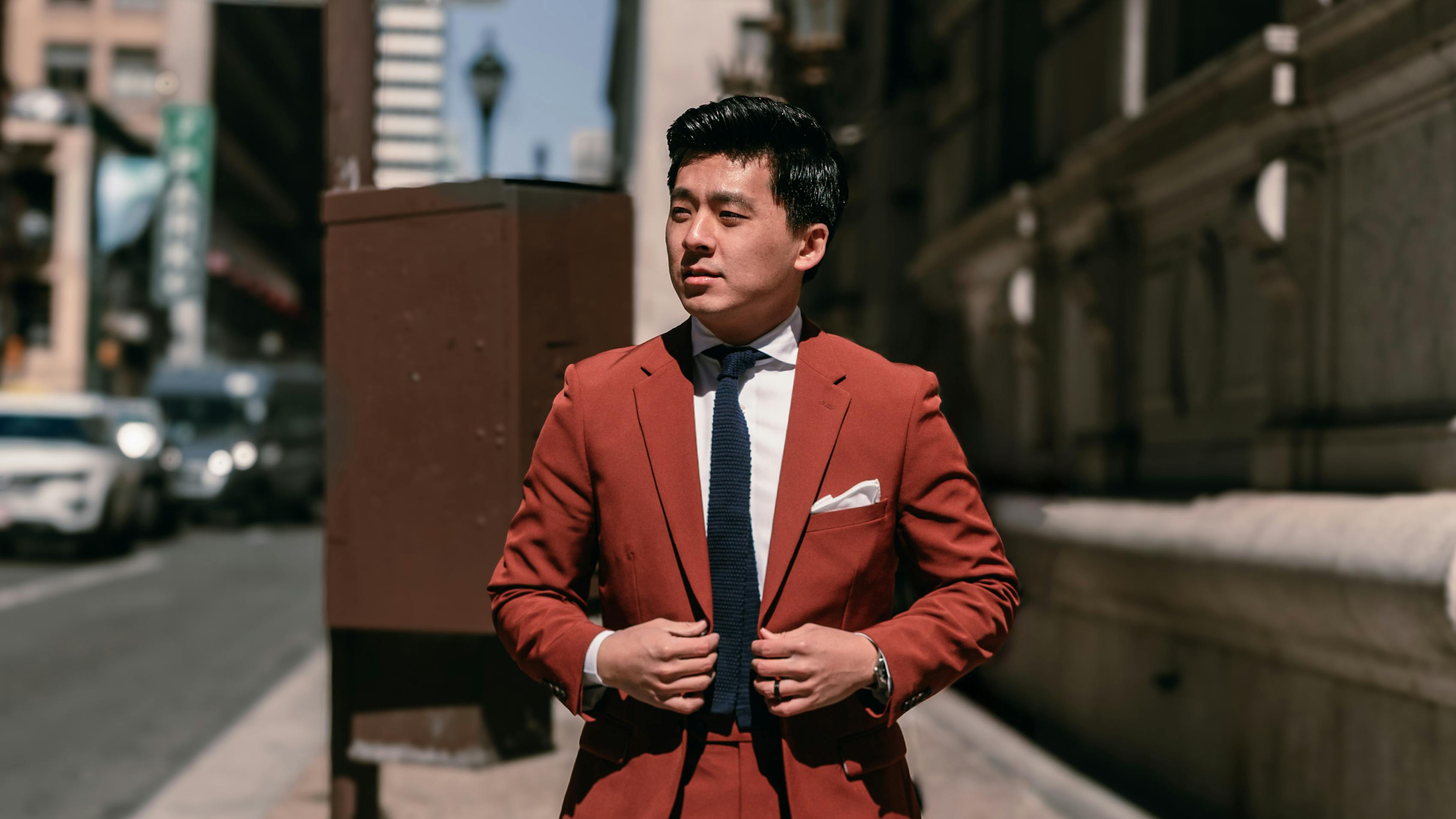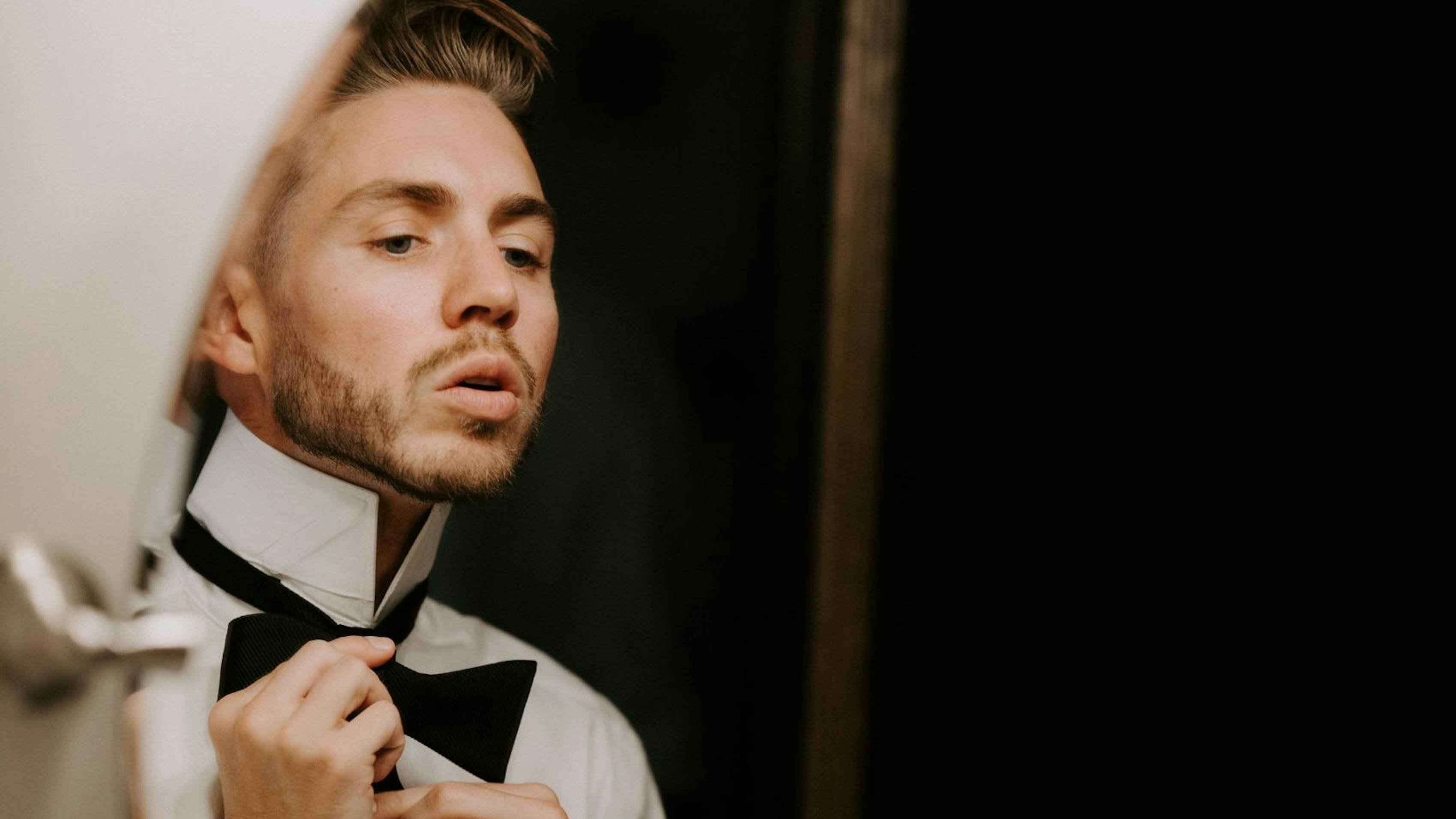
Tying a Bow Tie
A classic accessory, the bow tie is the finishing touch and a fashion favorite for formal occasions or dressed-up everyday style. It’s a necessity in cleaning up nice or having fun with your style. Before you can pull off your special event or styled-up look, though, you need to know how to properly tie a bow tie.
The process might seem intimidating, but we’ve made answering the question of “how do you tie a bow tie” easy. With the right formula, which we’ve perfected here, tying a bow tie is a breeze. With this guide to tie a bow tie, you’ll have everything you need to perfect the look.
Key Takeaways
- Learning how to tie a bow tie is key to a polished look
- Our 8 step how-to makes it easy to tie a bow tie
- There is a variety of typical bow tie shapes you can create
- Tying a bow tie is a formalwear tradition
- The color, pattern, and fabric of your bow tie will impact your ensemble
- Bow ties are a great choice for a range of occasions, settings, and styles
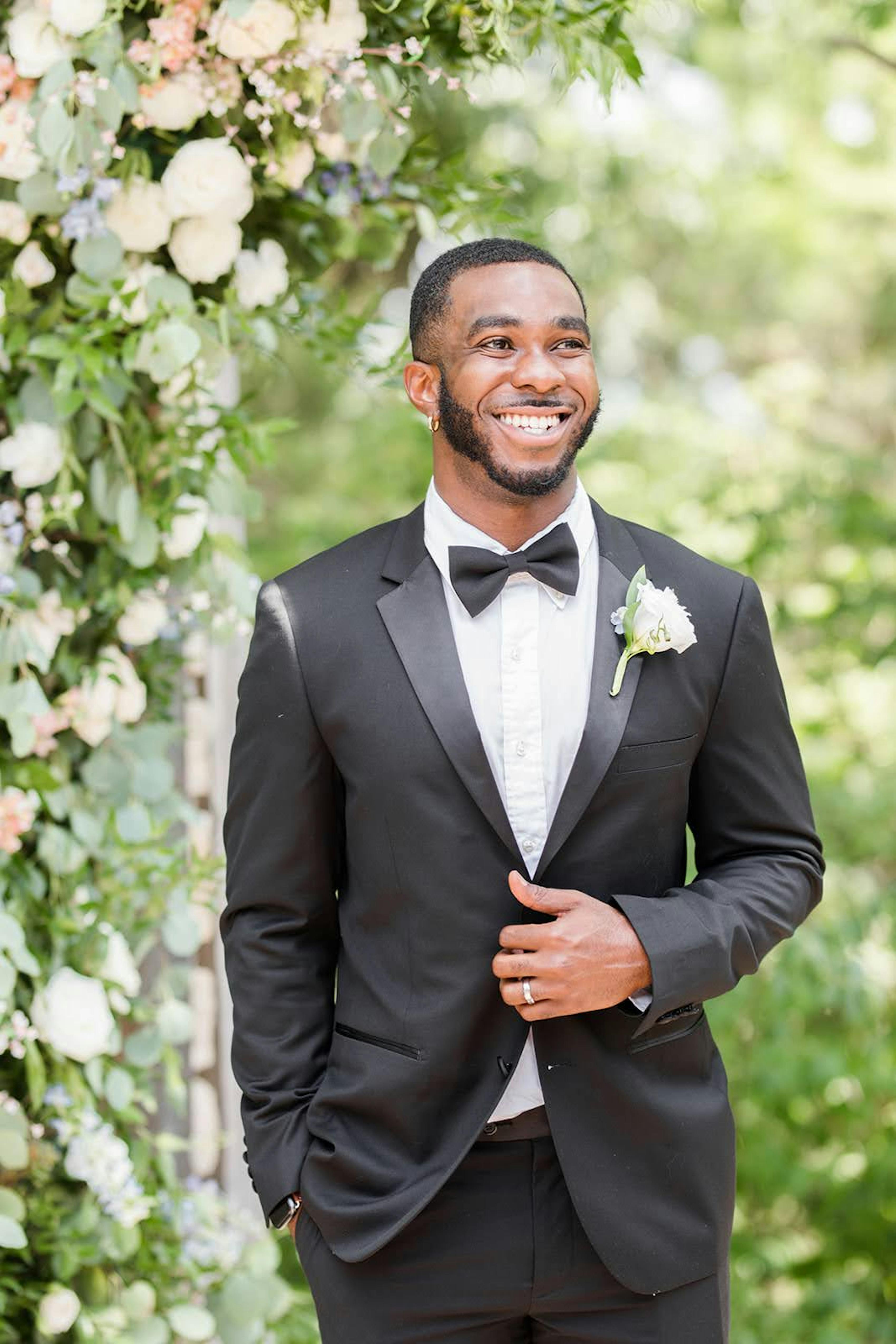

The “Why” Behind the Bow Tie
Did you know that before buttons were invented, men would use a sharp pin to keep the tops of their shirts closed? The pin method was slowly replaced by a tied scarf holding dress shirt collars closed during the 17th century. Centuries later, in France, the tradition evolved into the bow tie we know and love today.
Back then, men who wore bow ties were considered worldly and highly intellectual. Part of that status might just be thanks to the technical know-how required to tie the darn thing! With the invention of the pre-tied bow tie, wearing a bow tie has become a more standard part of fashion for everyone. While pre-tied bow ties can be handy and ensure a certain level of consistency when groups are wearing them (wedding parties, for example), there really is nothing like a hand tied bow tie. The look is more sophisticated, and with the ability to create your own bow tie knot, the door is open to any and all bow tie styles.
To get you looking and feeling your best while wearing (and preparing) a bow tie, we laid out the simple how-to below and created an easy step by step video guide to tying a bow tie with a classic bow tie knot. With a little practice, you’ll be an expert!
The Bow Tie Tutorial
Follow these steps to get the perfect bow tie knot every time, easy. If you’d prefer to follow along while you watch each step in action, watch our video demonstration of tying a bow tie. If you’d like to understand the details of the steps, here’s our breakdown of the how-to and a matching illustration:
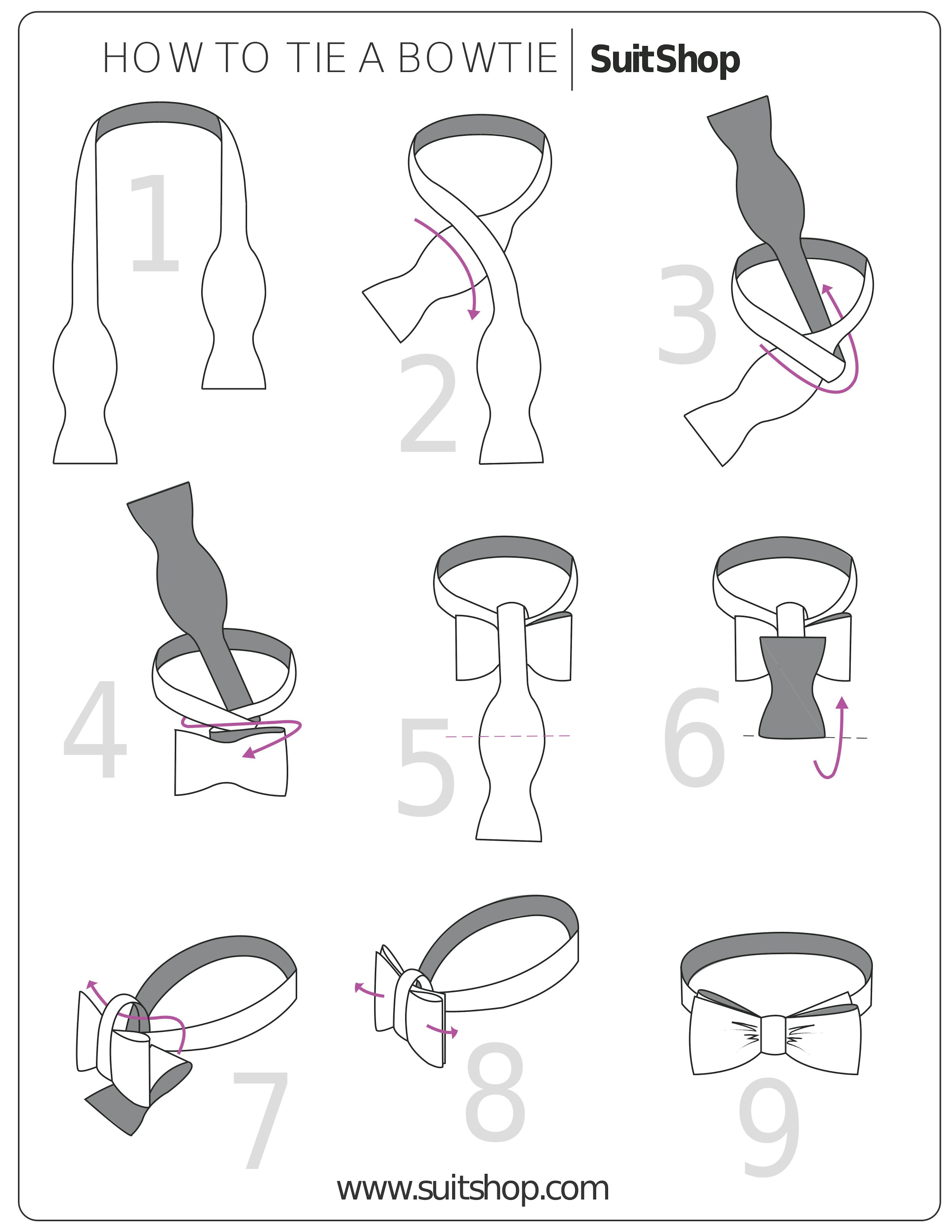
- Lay the bow tie around the back of your neck with one end laying over each of your shoulders. Make sure your top button of your dress shirt is buttoned and your collar is up!
- Starting with the left-hand side of your bow tie pulled down a bit further so it’s slightly longer than the right, cross the left side over the right side. The two sides should meet right where the fabric on the bottom starts to get thicker
- Flip the fabric that’s stacked on top underneath the cross you’ve made, then bring that fabric up and back over. Pull your knot tight! You should now have a piece of fabric on top of your knot and a piece of fabric on the bottom. The top piece should be about a half inch longer than the bottom piece.
- With your left hand, pull the top piece of fabric to the side. With your right hand, create a fold in the bottom piece of fabric at its widest point and press the remaining fabric horizontally against the top button at the neck of your dress shirt so that it looks like a bow shape.
- Place the top piece of fabric which was off to the side and lay it over the horizontal piece at your neck and let go. Bring your left hand behind the horizontal piece of fabric and place your thumb into the little hole between the initial knot and the fabric folded in front of it. With the rest of the fingers on your left hand over the top piece, pinch the layers of fabric together. Now you can remove your right hand.
- Bring your right hand to the long piece of fabric hanging over top. At the widest point of this section, fold the fabric upwards.
- Bring the folded fabric behind the horizontal piece at your neck and bring it through the hold where your left thumb is resting. Pull it through until the fold aligns with the edge of the fabric that was already horizontal. This may require a bit of adjusting!
- Gently pull on both sides of your bow to secure your new knot and to arrange the two sides so they lay evenly. You can smooth out the fabric or straighten out the sides as needed and play around with the pieces until you're happy with the look.
Voila! Your bow tie is ready for any event, and that’s all it takes to execute the perfect knot.
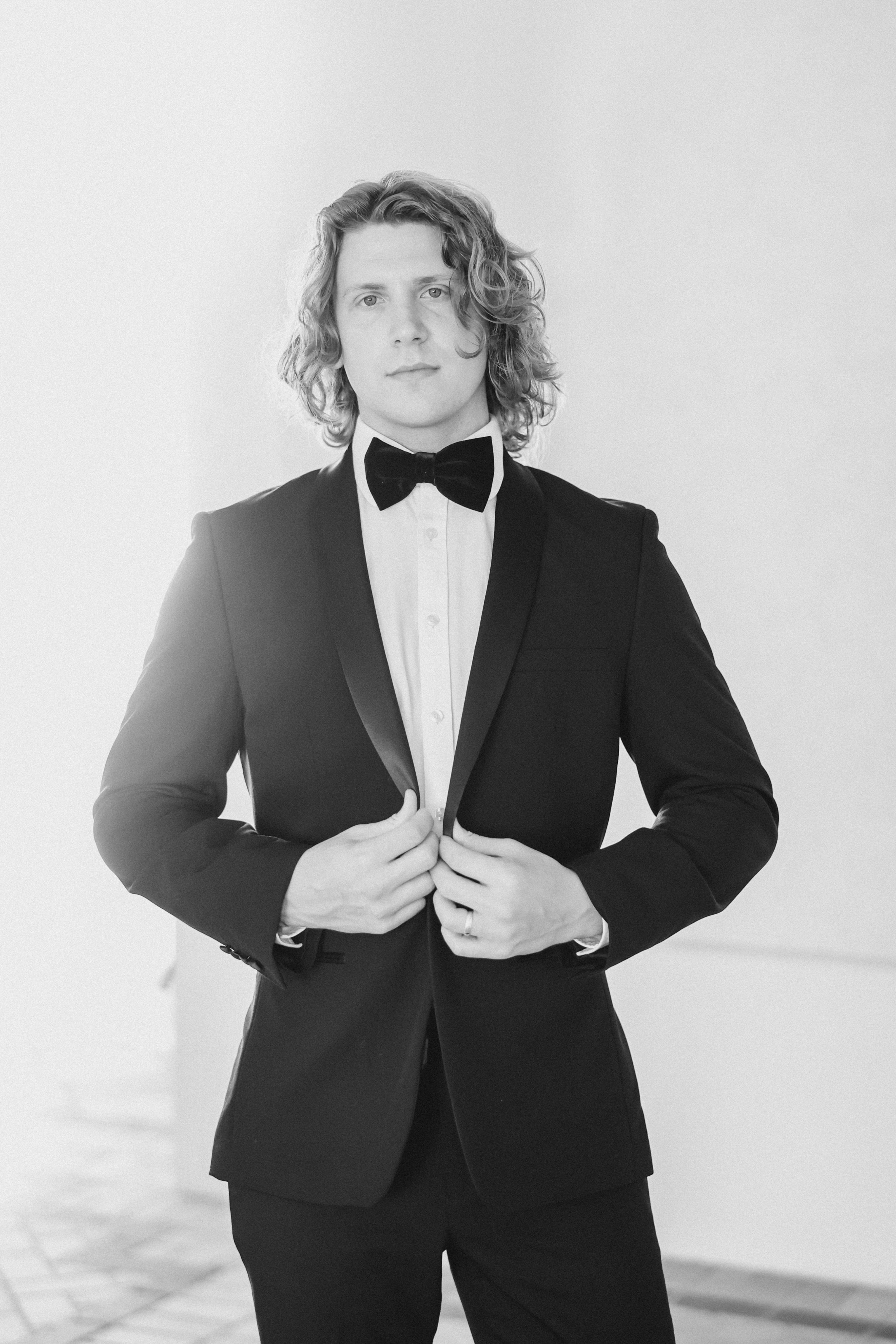
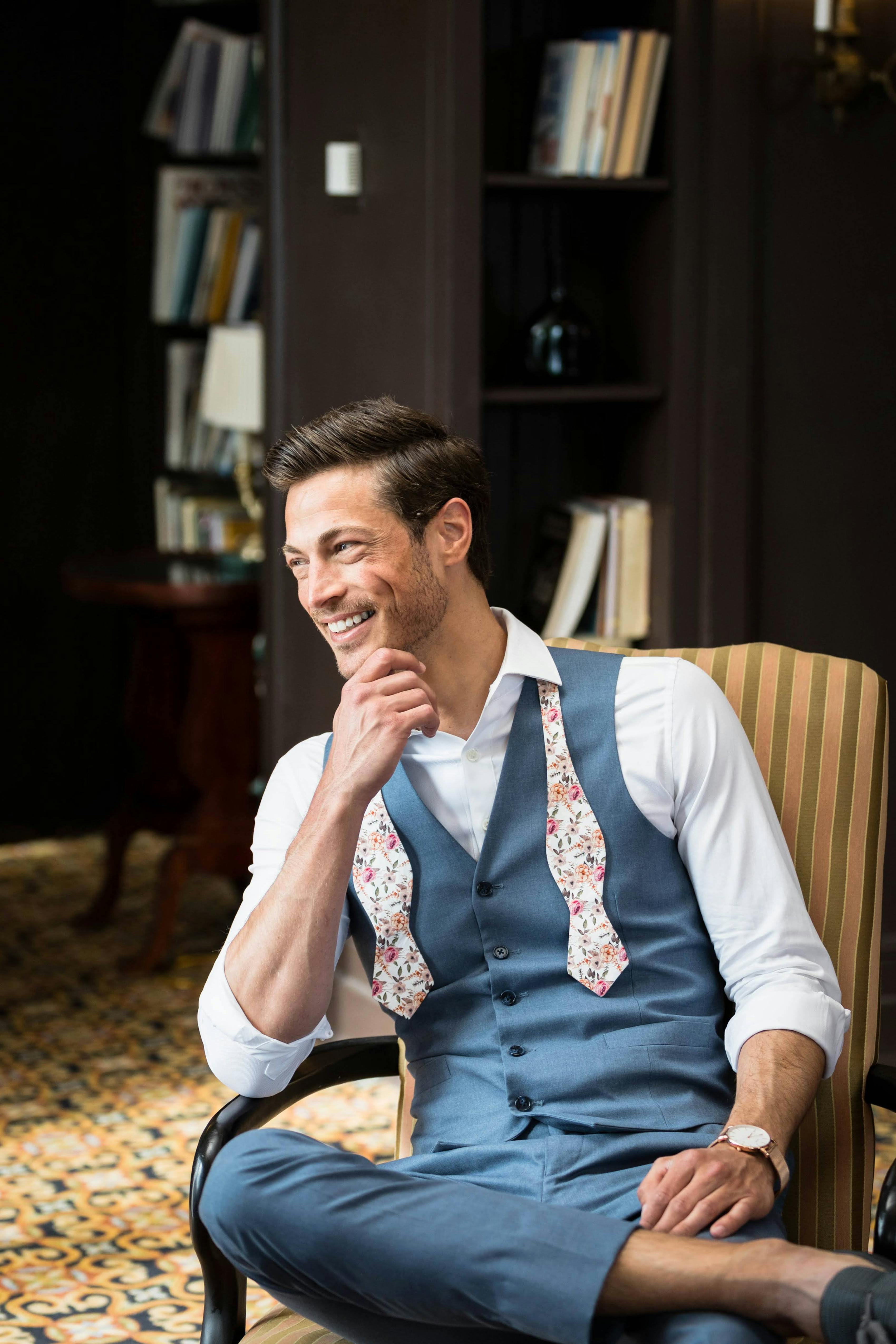
Bow Tie Shapes
Once you’ve mastered the art of tying a bow tie, you can explore different shapes. The butterfly bow tie is the standard shape. It’s what we’ve outlined above and what you’ll see most often.
Tied similarly to the butterfly, the straight edge bow tie will help you stand out in a more casual setting.
We like to reserve the slightly more complicated diamond point bow tie for more formal occasions. When tying this knot, you must make sure you align the pointed ends perfectly. There will always be one side with an end at the front and a side with the end behind the bow. The pointed end behind the bow has to be positioned to peek out beyond the bow fold to show its shape. This will ensure that both sides of the bow tie have a pointed shape.
Some other common bow tie shapes include the batwing, the jumbo butterfly, and the slim diamond point. Knowing the steps to tying a standard bow tie will allow you to master all the other shapes, too.
When to Wear a Bow Tie
Bow ties are most commonly worn as a tuxedo accessory, which means that they are expected and frequently worn for formal event attire such as black tie wedding guest outfits and more.
Bow ties don’t have to be reserved just for black tie occasions, though. They can be a fantastic styling piece to add interest to a suit, and adding a bow tie to your outfit at less formal events can also help introduce a more unique look.
Consider also wearing a bow tie for cocktail attire. Keep in mind that depending on the color or pattern, pairing a bow tie with a suit can even dress up your outfit for certain events.
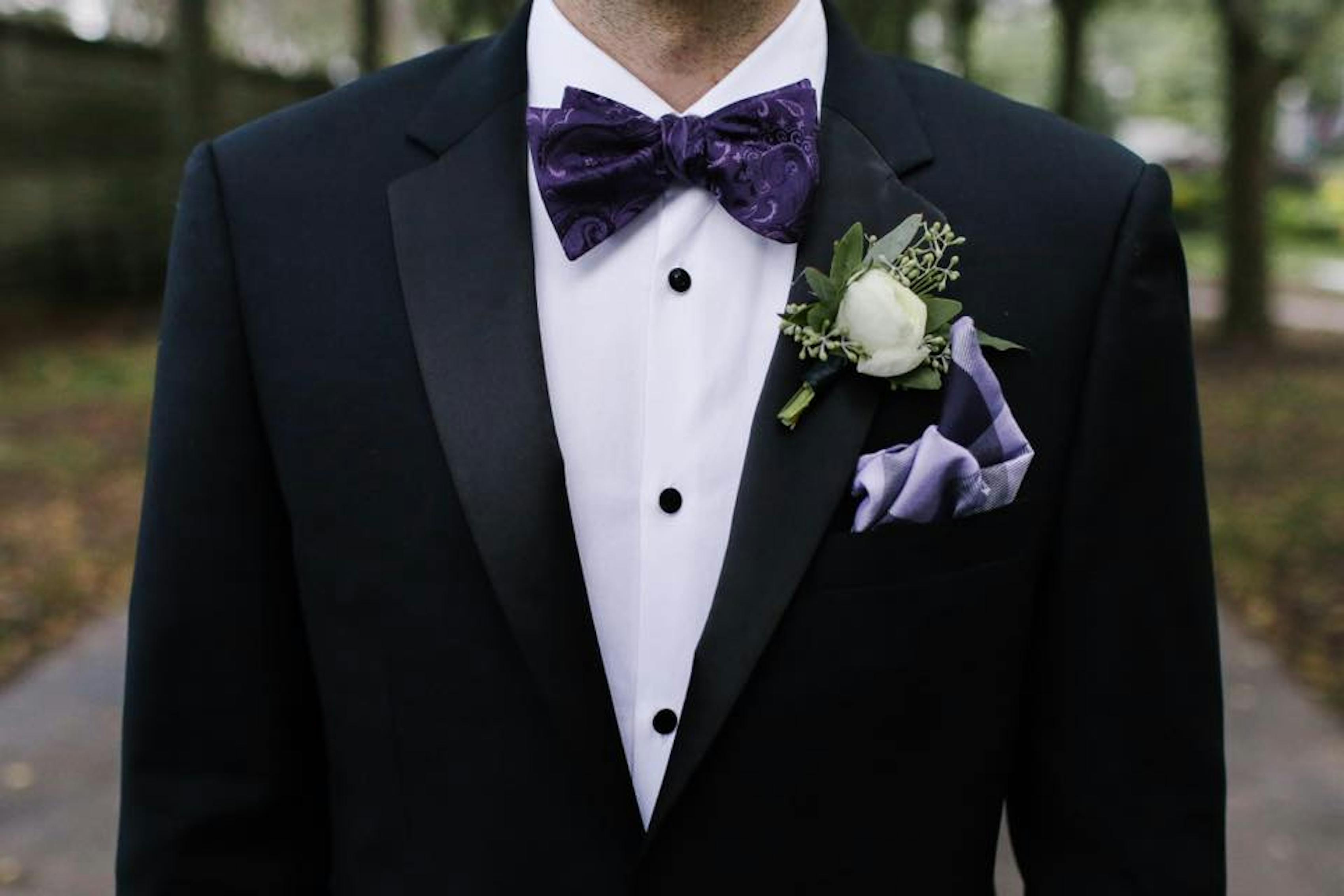
How to Accessorize with a Bow Tie
If you’re looking to step up your suit style, dressing up for wedding guest attire, or planning the style for your own wedding, learning the basics of how to wear a bow tie is a great place to start. Dive in, pick up styling tips, and get inspiration with some of the most frequently asked bow tie questions:
What Is the Right Size for a Bow Tie?
The standard size for most bow ties is a 2” butterfly bow tie. This is the bow tie size we use in our video tutorial. 2 inch to 2.5 inch butterfly bow ties are the most versatile and will work on the majority of people and for most any occasion. Unless you have a very large neck size, we don’t recommend using a big butterfly (for example, a 3 inch bow tie size). This is because the ends of your bow tie should align with the outermost crests of your temples.
Which Bow Tie Style Is Best to Wear?
The style of bow tie you choose should depend on your event. Black, shiny bow ties tend to be the go-to, since they are typical for events like black tie weddings. This isn’t the only bow tie option, though.
Shinier fabrics like silk and satin are most appropriate for especially formal occasions. If you’re putting on a bow tie before you head out for work or as an alternative to a neck tie for a cocktail attire or less dressed-up event, cotton, linen or wool fabrics are the right choice.
Colors and patterns make all the difference in your bow tie, too. Even with formal and black tie attire, you can choose a look other than black. Other dark and solid or subtly patterned bow ties are a great way to showcase your personality and preferences while staying respectful of the dress code. For everyday outfits or more casual events, bow ties in brighter colors and intricate or loud patterns can be a fun way to accessorize.
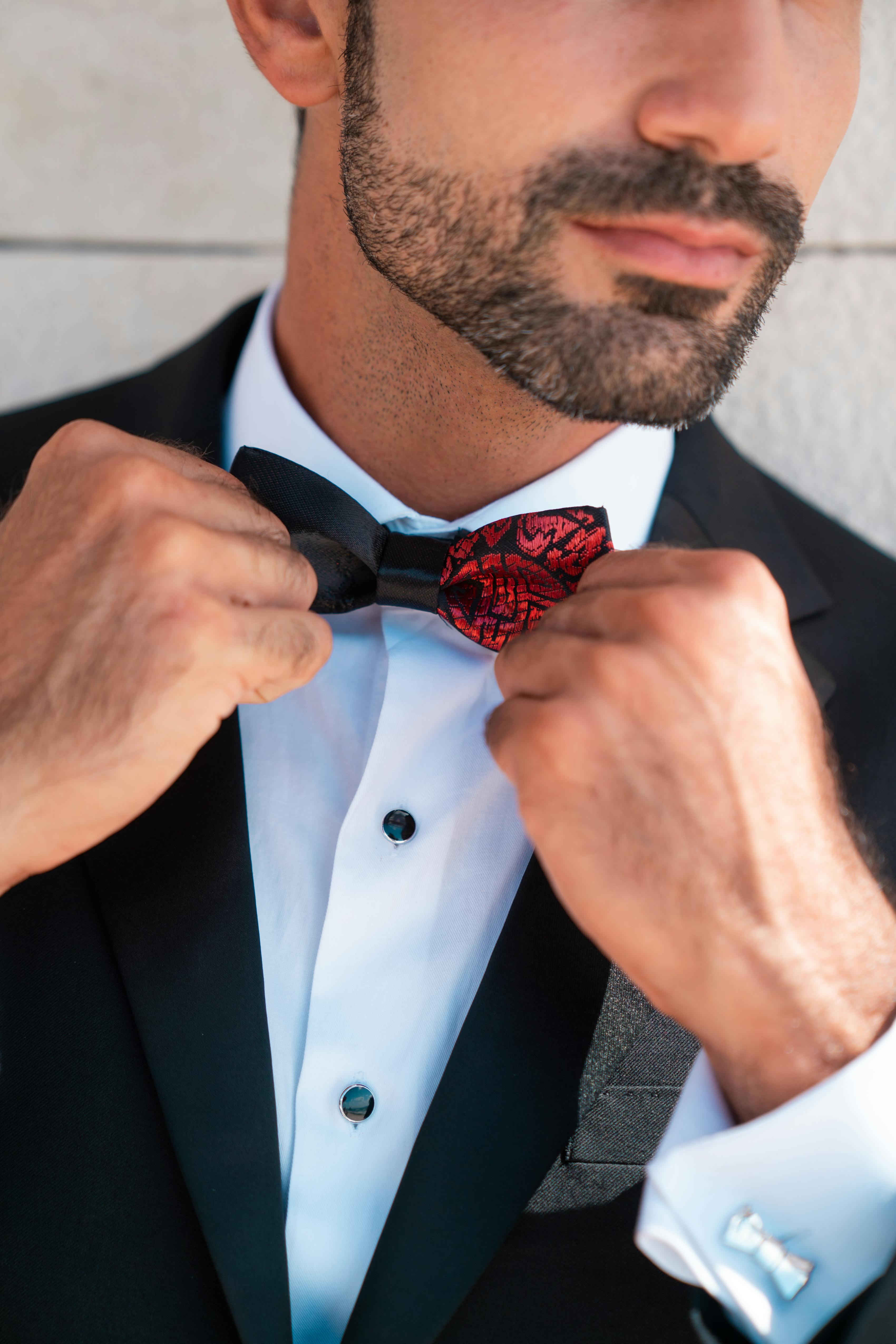
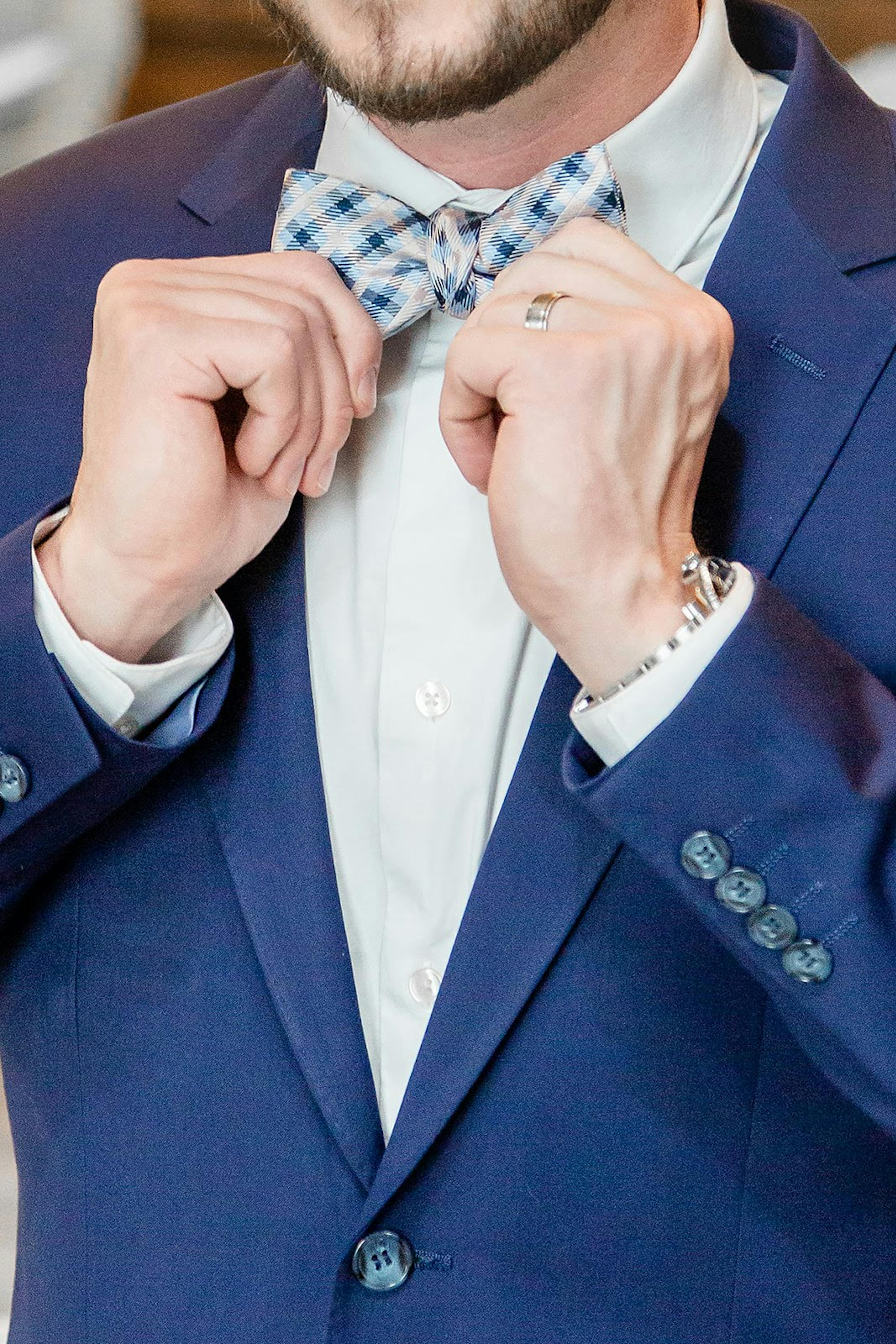
What Clothes Go with a Bow Tie?
Tuxedos are the typical outfit you’ll see styled with a bow tie. The ensemble is classic and sharp. That’s not the only look you can pull off with a bow tie, though. You can also pair a suit with a bow tie for a fun look.
Regardless, you can never go wrong with a crisp white dress shirt as your base layer, and for some events it can even be worn alone as your top–no jacket needed. A clean and simple dress shirt–whether it’s a standard button-up, a French cuff shirt, or a tuxedo shirt–is really the only option to pair with a formal silk or satin bow tie.
Can You Wear a Bow Tie Casually?
While you don’t need to save your bow ties to wear them exclusively for formal attire occasions, bow ties are typically best-suited for at least slightly dressier outfits within your everyday style. Depending on your personal style, you can wear a bow tie with your professional wardrobe or with casual dress code weddings and events. For this more casual look, balance the formality of the bow tie with more relaxed garments that are still polished. For example, we recommend pairing your cotton, linen, or wool bow tie with a lightly colored or subtly patterned dress shirt rather than a suit.
Can Women Wear Bow Ties?
Bow ties can be a great accessory for anyone. Women, nonbinary folks, or anyone can absolutely wear bow ties. For feminine style, adding a bow tie can be a fun, cute, and unexpected outfit addition. For those who prefer to dress in a more masculine and androgynous style, a bow tie can serve as reinforcement for a cool, sharp, or traditional look.
Don’t be afraid to experiment with wearing a bow tie, whatever your style.
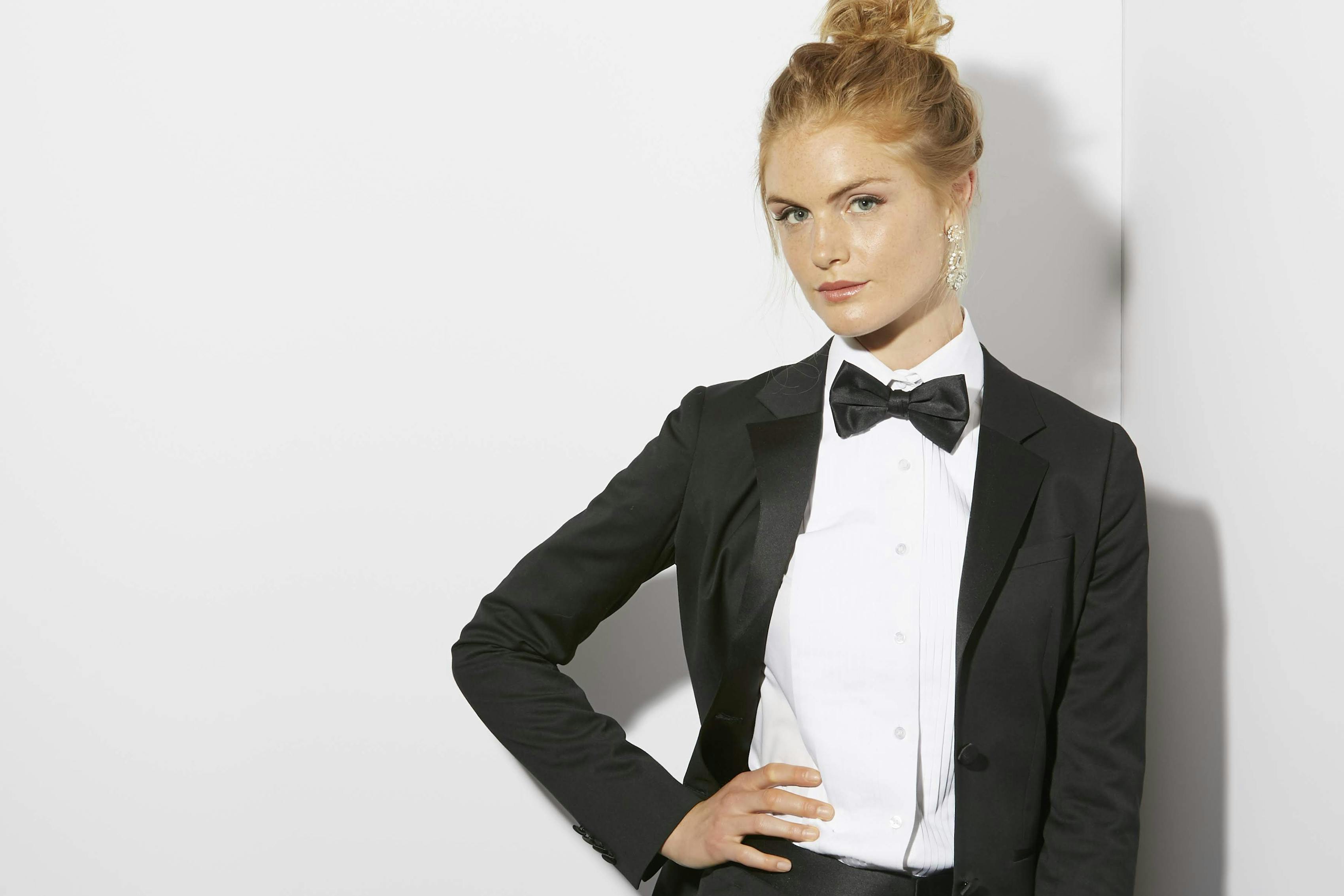
The Bow on Top: The Bow Tie Must-Knows
Bow ties are a style necessity, whether you’re wearing them from time to time for special occasions or more frequently in your day-to-day life. Learning to tie a bow tie is the first step to nailing the style, since a hand-tied bow tie will always look better than a pre-tied one. With our simple step-by-step bow tie tutorial, it will take you just a few minutes to get it down, and you’ll learn how to tie a bow tie, easy.
And, nothing says let’s party like a bow tie! The neckwear staple is a fun–and, depending on the rest of the attire, sometimes unique–way to style your wedding party. If you’re getting married or are a groomsman, bridesman, or in another wedding party role, consider learning to tie a bow tie part of your wedding duties!
SuitShop is your destination for all things suit and tie style. Our collection of suit accessories includes an elevated range of bow ties in colors, patterns, and fabrics for all events and styles. In combination with our team of suit experts, we’re here to help you create your perfect bow tie outfit and more. Reach out to our stylists for assistance, or shop our tie collection.

Diana Ganz
Diana Ganz is the co-founder of SuitShop. Being a passionate advocate for the brand, Diana oversees marketing and branding efforts to bring maximum visibil...
